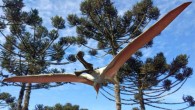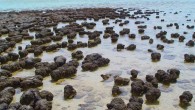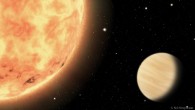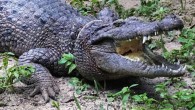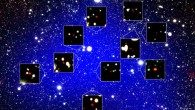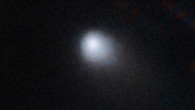Astronomers have detected the emission from the small carbon chains C2 in the coma of 2I/Borisov, the first known interstellar comet to visit our Solar System. This composite image, obtained by the Gemini North Multi-Object Spectrograph on the 8.2-m Gemini North telescope, shows the interstellar comet C/2019 Q4. Image credit: Gemini Observatory / NSF / AURA / Travis Rector. 2I/Borisov is a relatively large active comet, between 1.2 and 10 miles (2-16...

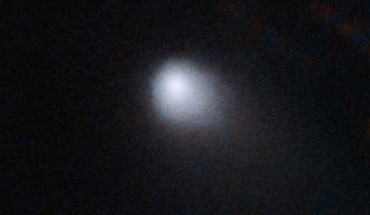


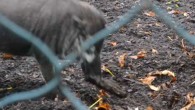
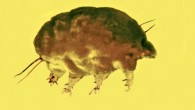
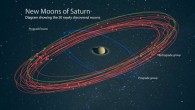


![This ALMA image shows the binary protostar [BHB2007] 11. Image credit: ALMA / ESO / NAOJ / NRAO / Alves et al.](https://cdn.sci.news/images/2019/10/image_7662f-BHB2007-11-195x110.jpg)
